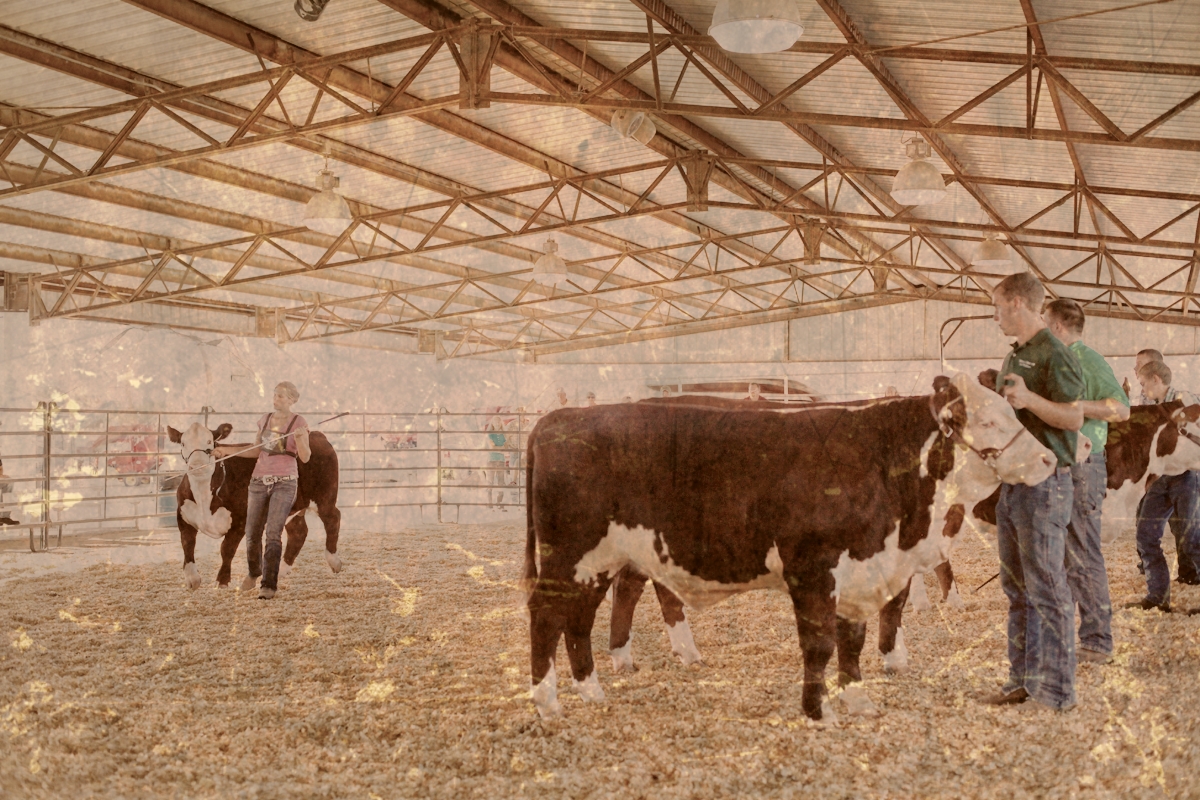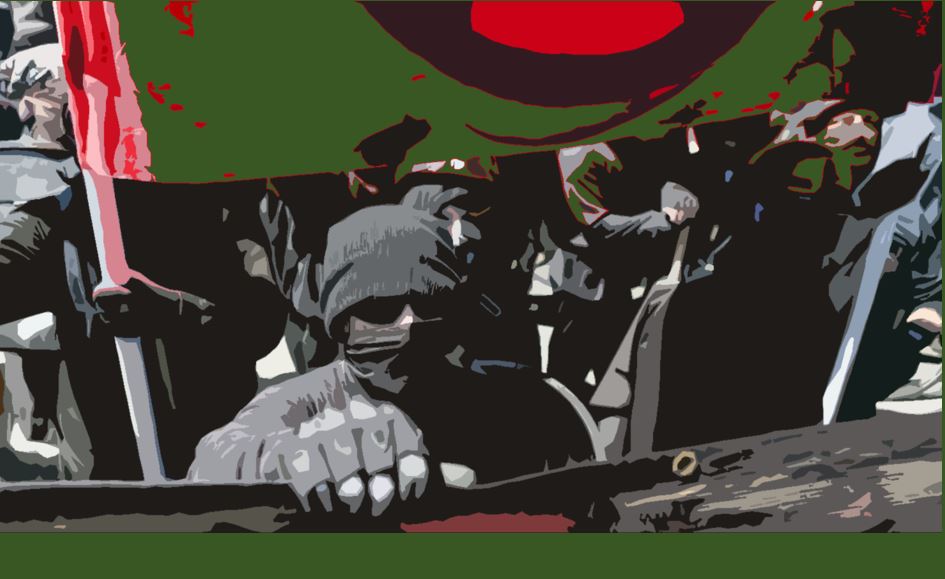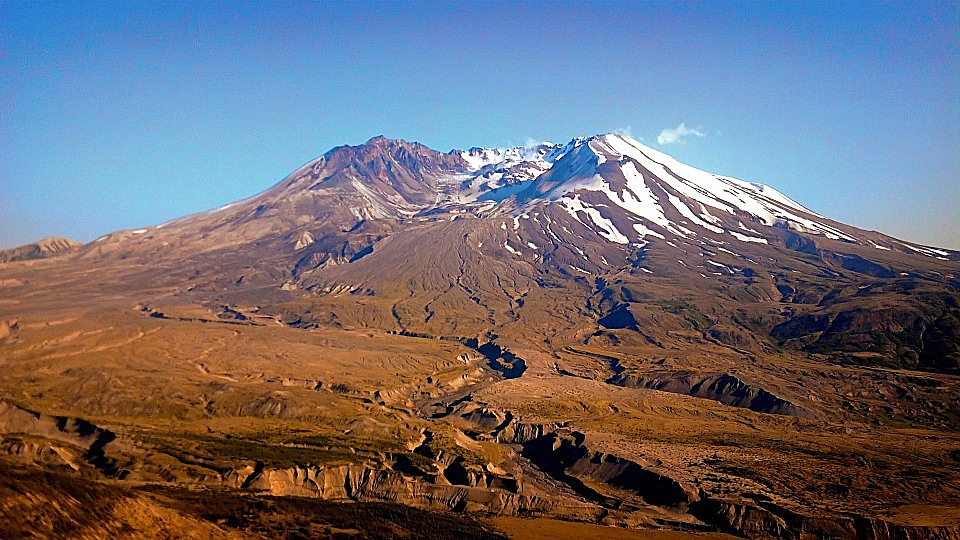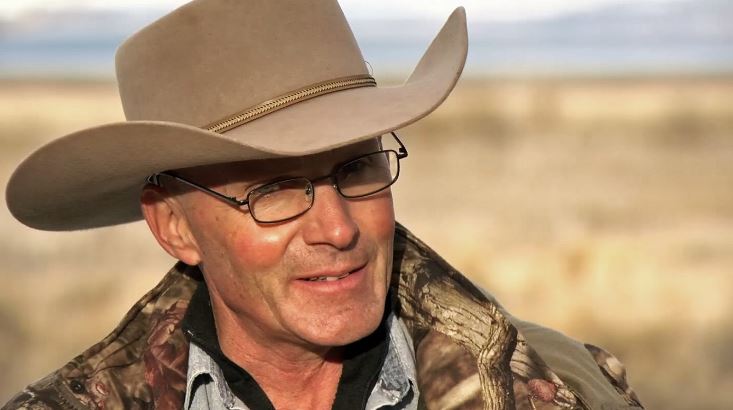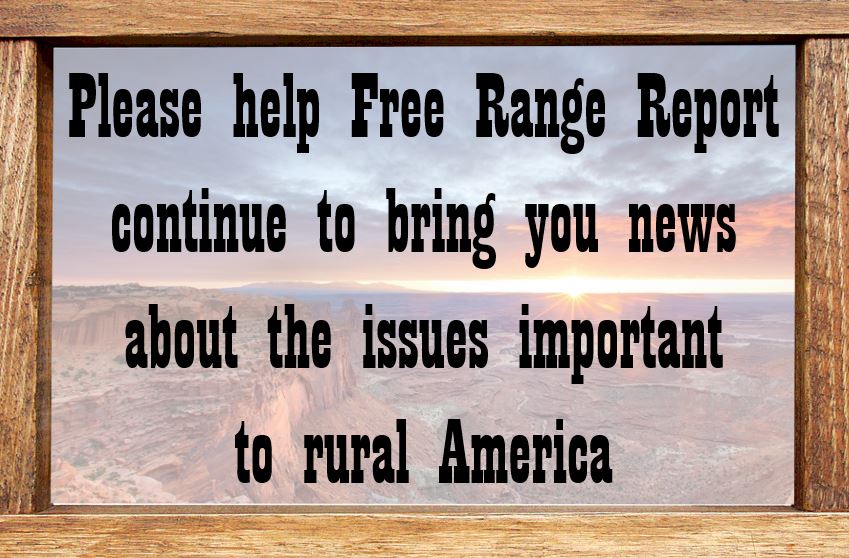
[paypal_donation_button]
Giving human characteristics to animals further muddies the agricultural story and makes it emotional.
“When you see pictures of (animals) with sunglasses and cucumbers on their eyes, it’s hard to see them as protein on your plate,” said Jones.
OTTAWA — Be prepared, have a plan and avoid strong reactions when dealing with animal rights activists, delegates heard at the Global 4-H Network Summit in Ottawa earlier this month.
“Calm is the key,” said Cory Gooch, chair of the Calgary Stampede’s 4-H on Parade.
He and Leah Jones, chief executive officer of the 4-H Foundation of Alberta, say activists have moved from targeting events to sponsors to 4-H.
“They are very organized, strategic, and now are starting to come to 4-H,” said Jones.
She cited the 42,800 online shares received when a 4-H alumni posted, “nine reasons why kids should never join 4-H.”
Delegates also learned of 4-H cases where activists have untied animals in barns or disrupted steer auctions.
When confronted with such incidents, Gooch and Jones said to call security services, do not confront or engage protesters, remove animals and young people if possible and assume the scene is being recorded.
“Thirty seconds are worth a million hits,” said Jones.
Jones said the momentum against livestock production is growing, fed by fewer people being raised on farms and a large group of millennials with easy access to information online and questions about how food is produced.
Giving human characteristics to animals further muddies the agricultural story and makes it emotional.
“When you see pictures of (animals) with sunglasses and cucumbers on their eyes, it’s hard to see them as protein on your plate,” said Jones.
Gooch said building the “social licence” to farm comes from building trust between producers and consumers.
“If we don’t do a good job, we get out of balance. That’s where the consumer has power,” he said.
“When looking for that social responsibility (to farm), if you’re not making genuine efforts, they can see right through that.”
[wp_ad_camp_1]
4-Hers have a role to play as agriculture ambassadors, explaining the industry and food animal production and sharing positive images of animal husbandry via social media.
Jones said activists have a strong consolidated message, so groups representing agriculture need to counter with information about their programs, policies and codes of conduct for animal care.
“Agriculture has a voice, but they’re either not hearing it or understanding it,” said Jones.
Tarilyn Mikel, a 4-H member with the Denim N Dust Club in Wisconsin, said why animals are handled a certain way or what the 4-H program offers is often misinterpreted.
“We have to share with everybody, activists and fence sitters, what it is about and maybe it would change minds,” she said.
Joshua Goede, 4-H and youth agent with the University of Wisconsin extension department, said 4-Hers are on stage from the time they load their animals at the farm until they leave the fairgrounds.
“Any kid in a livestock project needs to understand they are in a position to teach and change minds, but more importantly they are there to take good care of their animal,” he said.
Free Range Report
[wp_ad_camp_3]
[wp_ad_camp_2]
